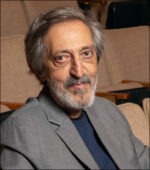Leslie G. Valiant of Harvard University won the 2010 Turing Award for his contributions to the world of computing. These five notable members of the ACM also received the Turing Award for various contributions from 1969 to 1988. Their individual contributions laid the foundations for computer systems as they are known today and allow for further research and innovations.
The Turing award is named for British mathematician Alan M. Turing. It also grants the recipient a US$250,000 prize with financial support provided by Google and Intel. The award is presented at the annual ACM awards banquet in June.
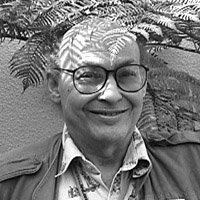
“Old Man Minsky” founded the MIT artificial intelligence lab, and he pioneered the field of building computer programs that learn and evolve.
He holds a BA in Mathematics from Harvard (1950) and a Ph.D. in the same field from Princeton (1954). He has been on the MIT faculty since 1958. He was the Toshiba Professor of Media Arts and Sciences, and Professor of electrical engineering and computer science, at the Massachusetts Institute of Technology, when he won the Turing Award according to the ACM’s website.
He patented the first head-mounted graphical display (1963), the confocal scanning microscope (a predecessor to today’s widely used confocal laser scanning microscope), and, along with Seymour Papert, the first Logo “turtle.” Minsky also built, in 1951, the first randomly wired neural network-learning machine, SNARC, according to the ACM.
#!
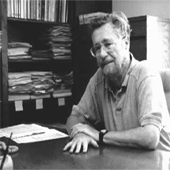
This Dutch scientist, who died in 2002, won a Turing for his work in the creation of the ALGOL programming language.
Dijkstra’s chief interest was formal verification. The prevailing opinion at the time was that one should first write a program and then provide a mathematical proof of correctness. Dijkstra objected, declaring that the resulting proofs were long and cumbersome, and that the proof gave no insight as to how the program was developed.
An alternative method is program derivation, to “develop proof and program hand in hand.” One starts with a mathematical specification of what a program is supposed to do and applies mathematical transformations to the specification until it is turned into a program that can be executed. The resulting program is then known to be correct by construction.
Much of Dijkstra’s later work concerned ways to streamline mathematical arguments. Dijkstra was known for his forthright opinions on programming, and for his habit of carefully composing manuscripts with his fountain pen. Many of his notes have since been scanned and are available online, according to the ACM.
#!
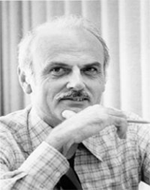
An IBM employee, Codd, who died in 2003, was given the award to acknowledge his work in creating the first relational database.
He originated the relational approach to database management in a series of research papers published, commencing in 1970. His paper, “A Relational Model of Data for Large Shared Data Banks,” was a seminal paper in a continuing and carefully developed series of papers. He built upon this, and in doing so, he has provided the impetus for widespread research into numerous related areas, including database languages, query subsystems, database semantics, locking and recovery, and inferential subsystems, according to the ACM.
#!
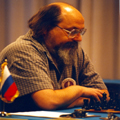
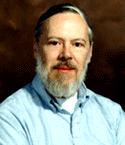
The original big-bearded computer geeks, these two gentlemen were awarded a Turing for their work in the creation of the Unix operating system.
Ritchie is a computer scientist notable for his influence on ALTRAN, B, BCPL, C, Multics and Unix. Born in Bronxville, N.Y., Ritchie graduated from Harvard with degrees in physics and applied mathematics. In 1967, he began working at the Bell Labs’ Computing Sciences Research Center; he was the head of Lucent Technologies’ System Software Research Department when he won the Turing Award.
Thompson also worked for Bell Laboratories, and currently works with Google and is attributed with the co-creation of Google’s GO language.
#!
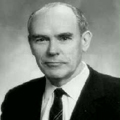
For his pioneering and visionary contributions to computer graphics, starting with Sketchpad, Sutherland was awarded the Turing Award by the ACM in 1988.
Sketchpad, though written years ago, introduced many techniques still important today. These include a display file for screen refresh, a recursively traversed hierarchical structure for modeling graphical objects, recursive methods for geometric transformations, and an object-oriented programming style. Later innovations include a “Lorgnette” for viewing stereo or colored images, and elegant algorithms for registering digitized views, clipping polygons, and representing surfaces with hidden lines, according to the ACM.


